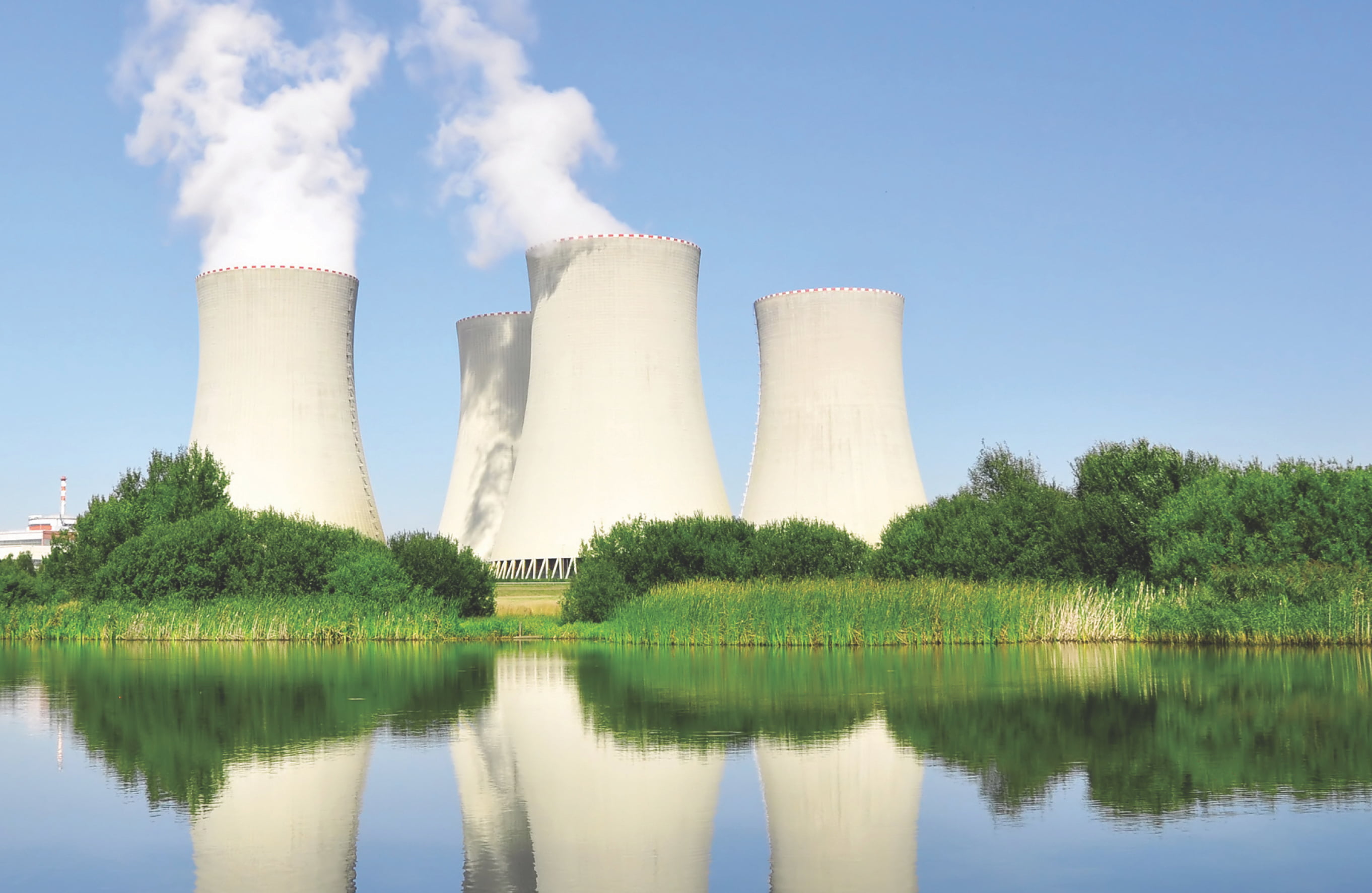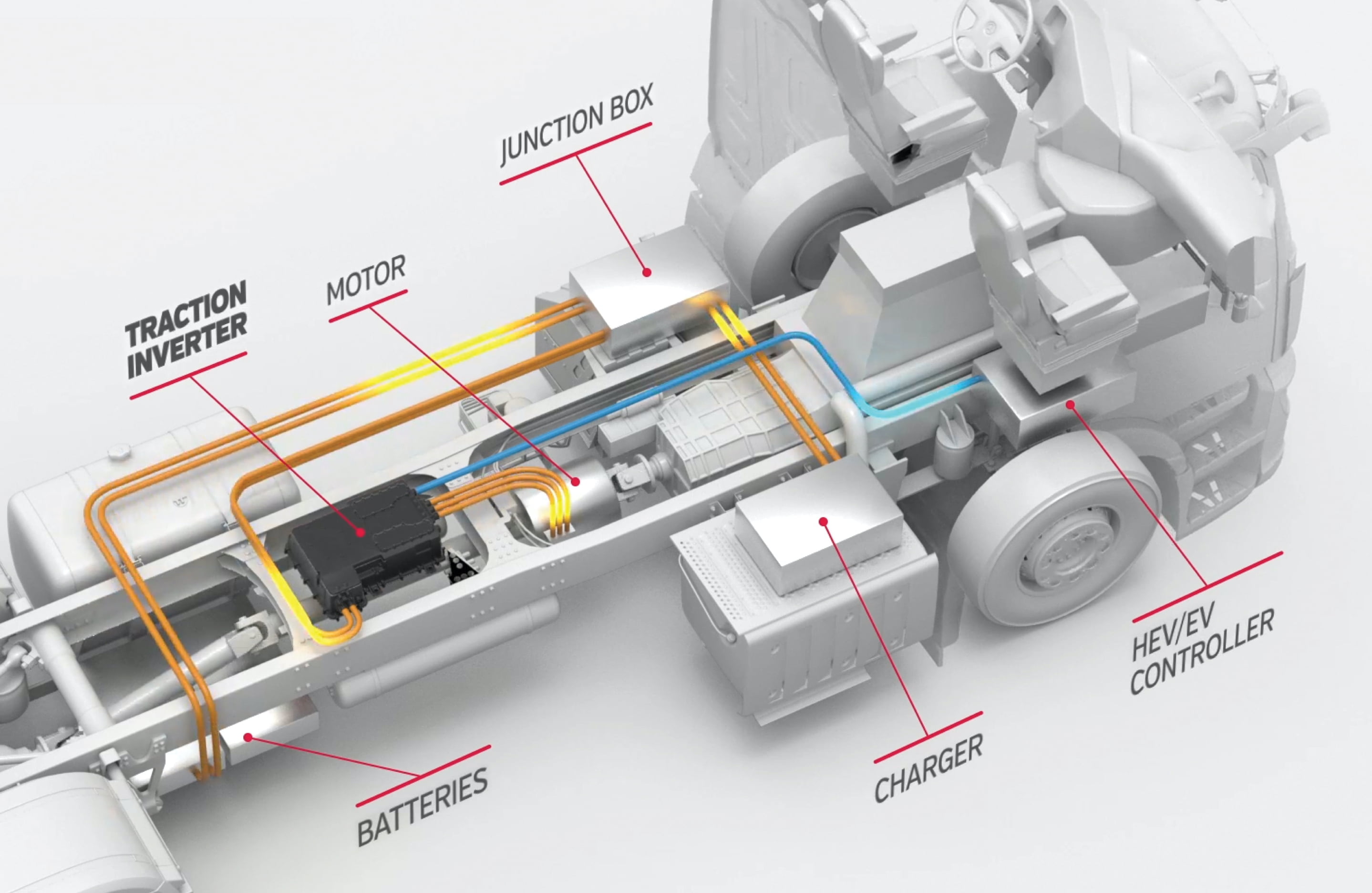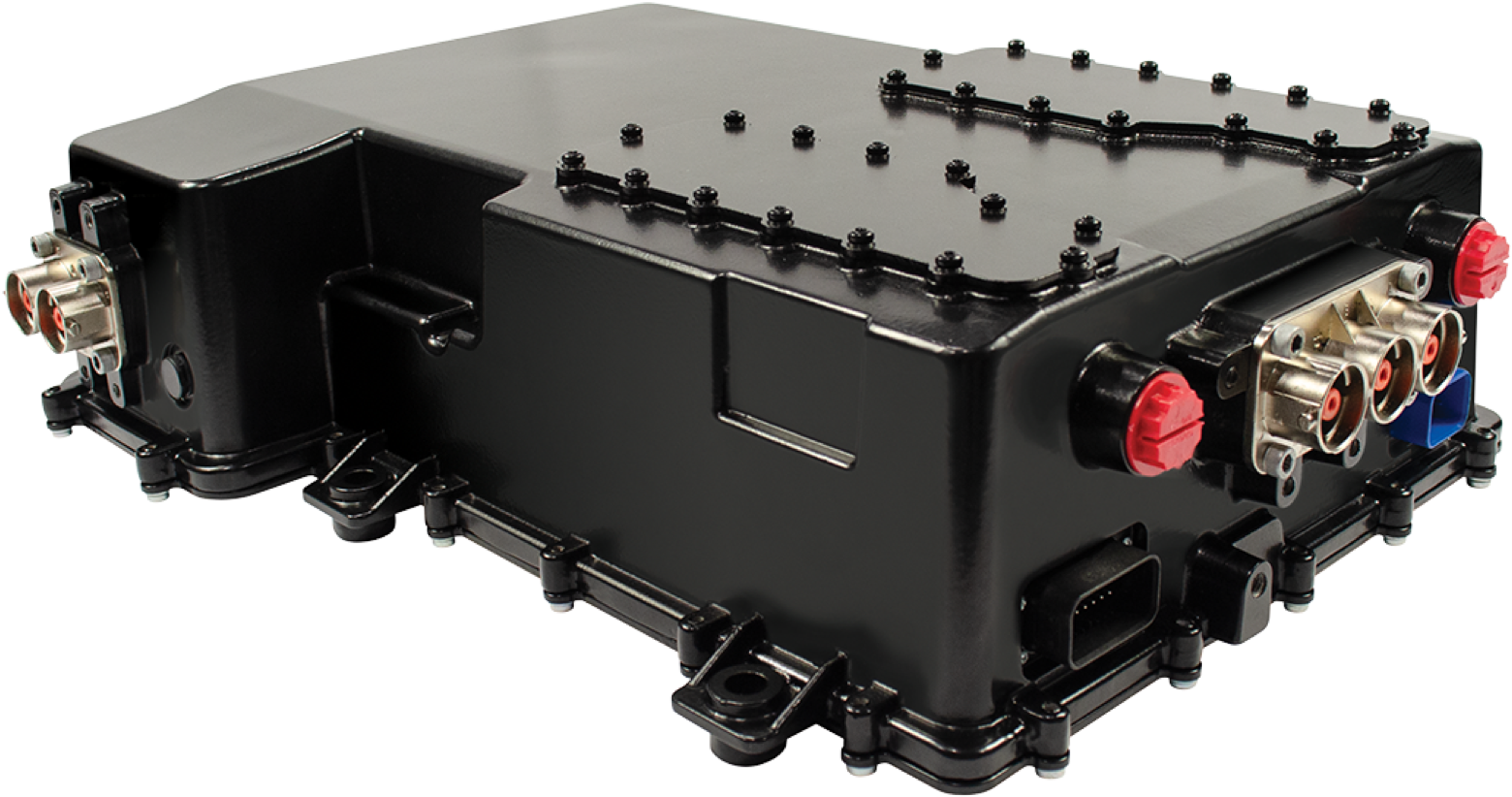Accelerating
Growth through
Innovation &
Collaboration
At Curtiss-Wright, we are embracing a renewed focus, with greater leadership oversight, on our most critical growth investments, including opportunities in R&D and Innovation. We are driving increased collaboration of ideas and best practices across all of our segments and divisions, leveraging our employees’ strong engineering, technical knowledge and creativity to unlock crossover technological applications that could benefit both A&D and commercial markets. This, in turn, allows us to provide better value to our customers, while enhancing Curtiss-Wright’s long-term value creation.
Through the efforts of our innovation council and our new Innovation Operating System, we are maximizing both the opportunity and visibility across the organization to generate new ideas. From Ideation and Research through to the Development and Launch of new ideas, our Innovation Operating System enables an enterprise-wide view of critical initiatives to explore and enhance our avenues for growth, along with a “fail fast” mentality to ensure that we are spending our resources wisely.
We continually evaluate our R&D investments in relation to potential growth opportunities in technology or program pursuits, and competitive market positions, while ensuring that we protect our intellectual property and technical leadership. In the past five years, we have steadily grown these investments, spending approximately 70% on our core, 20% on expanding markets or technology and 10% on breakthrough ideas.
Over the course of the next few pages, we’d like to share a few examples of the investments, innovative ideas, and collaboration taking place across Curtiss-Wright, from advancing our capabilities in defense electronics to our support for clean, carbon-free energy across several of our major end markets.
Curtiss-Wright is a Leader in Bringing Innovative MOSA Solutions to the Aerospace & Defense Industry
In a typical year, more than half of our R&D investments are directed to defense electronics to ensure that we continue to provide innovative, leading-edge technological capabilities to our customers.
Curtiss-Wright’s offerings are based on the DoD mandated Modular Open Systems Approach (MOSA), which calls for open architecture solutions that eliminate proprietary interfaces through the use of widely supported consensus-based standards for the major system interfaces between systems and components. From rugged Commercial-off-the-Shelf (COTS) components and modules (such as the card shown on the cover which adheres to the OpenVPX standard) to ready-to-integrate subsystems, our comprehensive suite of defense electronics solutions, and our product road maps, all embrace MOSA principles. Further, we maintain a close partnership with government and industry, helping guide the development of innovative MOSA-related open standards to enable new capabilities while expanding system interoperability, with modules designed to align with leading technical standards, such as The Open Group Sensor Open Systems Architecture™ (SOSA) and U.S. Army’s C5ISR/EW Modular Open Suite of Standards (CMOSS).
Whether in the air, on the ground, or at sea, Curtiss-Wright MOSA technologies deliver high reliability and performance to the warfighter for the most demanding deployed applications.

Advancing Green Technologies to Support the Future of Nuclear Power
Curtiss-Wright maintains a highly regarded and long-standing presence in the commercial nuclear power generation market for the support of existing Generation III reactors operating across the globe.
As a result, Curtiss-Wright is well-positioned to benefit from the expected global growth in the development and construction of Generation III+ Large Light Water Reactors such as the Westinghouse AP1000 reactor, as well as Generation IV Advanced Reactors (ARs) and Small Modular Reactors (SMRs), that will provide safe, clean and affordable energy.
In addition, the development of SMRs and ARs have received strong support, most recently from the Department of Energy (DOE) through its $3.2 billion Advanced Reactor Demonstration Program (ARDP) as well as the Carbon Free Power Project (CFPP). Beyond the U.S., the future construction of nuclear reactors will help boost long-term energy independence for many nations in need. These reactors in development across the globe represent a variety of sizes (from tens of megawatts up to hundreds of megawatts) and technology options, along with a smaller physical footprint, providing an opportunity for construction in locations not suited for Large Light Water Reactors or possibly within the footprint of existing coal plants scheduled for closure.
Curtiss-Wright continues to work closely with numerous SMR and AR designers to ensure our presence in the future growth of this market, and we have an opportunity to secure $10 million to $100 million in content per location. In 2021, Curtiss-Wright was selected by X-energy to develop the Reactivity Control and Shutdown System (RCSS) for its Xe-100 Generation IV High-Temperature Gas-cooled Reactor. Our selection was the direct outcome of various Curtiss-Wright teams working collaboratively to leverage their vast experience and unique capabilities to deliver critical solutions to the nuclear industry.


Growing Our Electrification Footprint
We are leading the way in the electrification of vehicles with core technologies and services that not only have near-term applications in the industrial and commercial aerospace markets, but are also transferable to defense applications. Electrification involves the change in drivetrains from mechanical to hybrid or fully electrified drivetrains, and our products are engineered to improve efficiency, connectivity and operator ergonomics, and also to reduce vehicle emissions and maintenance.
Within our industrial markets, our state-of-the-art technology and innovative designs uniquely position Curtiss-Wright to capture share in the growing electric and hybrid vehicle markets, including trucks and buses. Our World Traction Inverter (WTI) family of products, used to drive an electric vehicle’s motors, is agnostic to both hybrid and full electric vehicles – as both approaches require our products.
Meanwhile, within our A&D markets, we continue to make critical investments to support the breakthrough of the electrification of commercial aircraft, while also aligning to future military demand to improve the safety of our armed forces on the battlefield.
In commercial aerospace, our proven electro-mechanical actuation technology and associated electronics for primary flight controls are supporting emerging technology trends on business jets and all-electric aircraft. We are also supporting the growing demand for more efficient engines which requires our high temperature and high accuracy sensor products.
Leveraging the Company’s strong footprint with its defense customers, teams across Curtiss-Wright are working together to develop opportunities to utilize our electrification capability, such as our WTI products, to provide solutions that will support future military vehicle electrification and modernization programs. This is yet another great example of the strong collaboration taking place across Curtiss-Wright which will drive our future growth.

